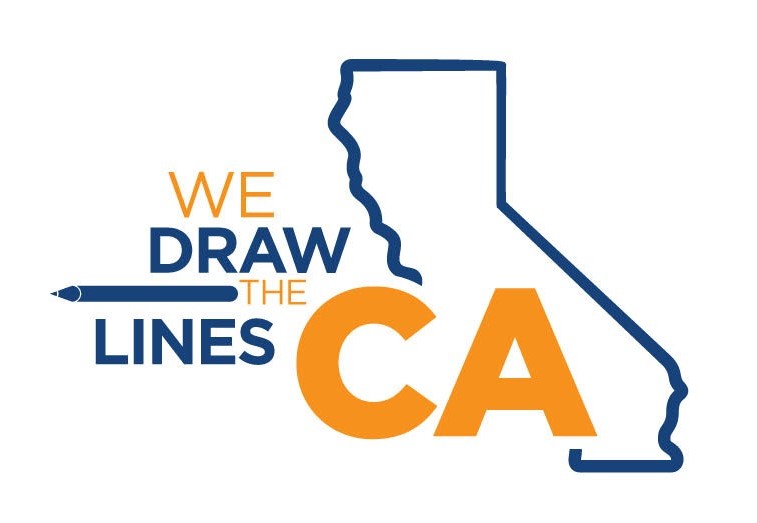The Citizens Redistricting Commission (Commission) is a new, 14-member Commission that Californians created by passing the Voters FIRST Act at the November 2008 general election. The 14 commissioners will define the geographic boundaries for 80 Assembly districts, 40 Senate districts, and four State Board of Equalization districts so that they contain reasonably equal populations.
The Commission will have 7 ½ months to determine and agree on the districts starting January 1, 2011, through August 15, 2011—when the final maps must be presented to the Secretary of State for certification. During this 8 ½ month period, the duties of the commissioners will be complex and and may be time-consuming, but the Commission can hire staff and consultants to assist them in coordinating the activities of the Commission. However, there will be tasks that only the commissioners can perform. These tasks include, but are not limited to:
- Holding public meetings throughout the State. Commissioners will solicit and hear public input as they determine which communities share common interests and should share common representation. During the hearings, testimony and presentations can be expected to be lengthy. Each meeting will require multiple members of the Commission to be in attendance and many meetings may be conducted in the evenings and on weekends to allow for more public attendance.
- Reviewing and discussing pertinent data used to set geographic boundaries for districts. This information includes the census data from which the districts will be drawn, computer modeling of the census data to create potential districts, and the discussion and compromise that accompanies such an important process that will impact California for 10 years.
- Hiring staff and directing their work. Some of the tasks may include: drafting and promulgating regulations; appointing a staff director; scheduling meetings and hearings, including the advanced notification of interested parties; maintaining records of the Commission’s deliberations; overseeing payroll, travel reimbursements, equipment purchases, and maintenance; and communicating with the entities that will request information regarding the Commission’s progress.
- Voting and approving the final maps developed. The final maps will be the product of the redistricting process after public debate and compromise through different iterations of proposed district maps.
The time each commissioner will devote to the process and which tasks will be assigned to each individual commissioner will be up to the Commission. However, carrying out the duties of the Commission should be first and foremost for each commissioner during the 7 ½ month period in which the Commission must define the state Senate, Assembly and Board of Equalization district lines.

